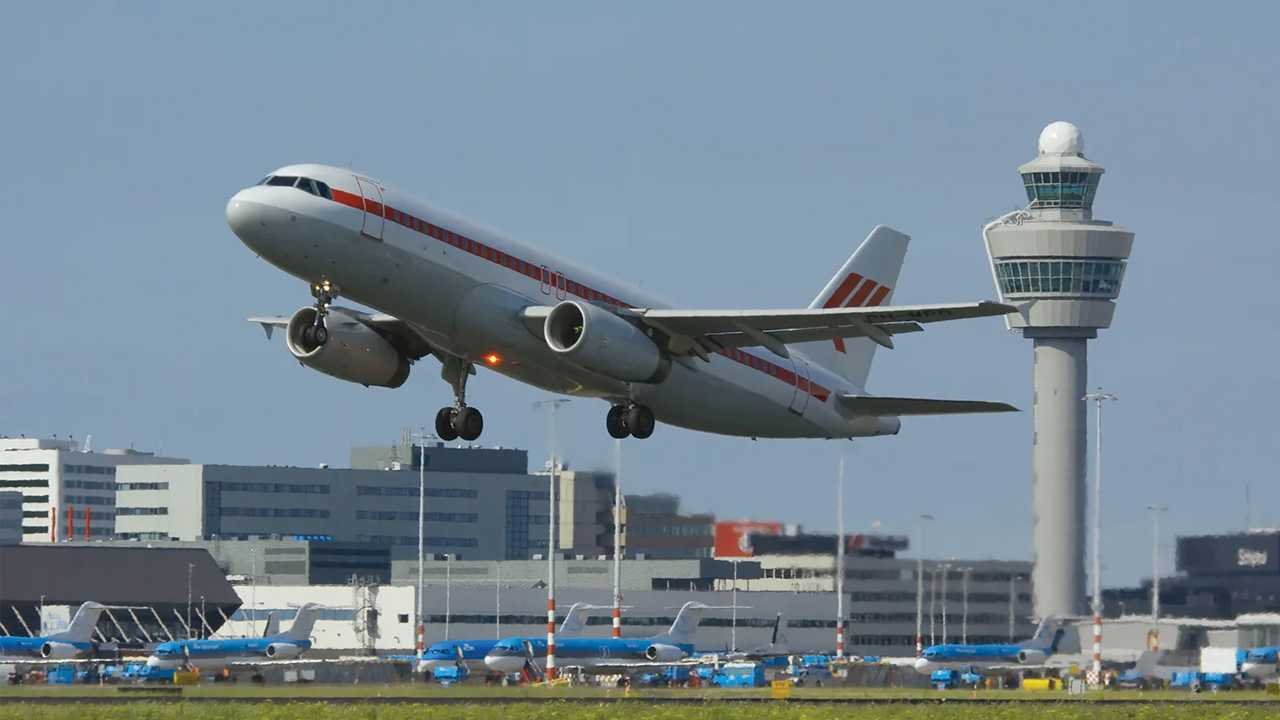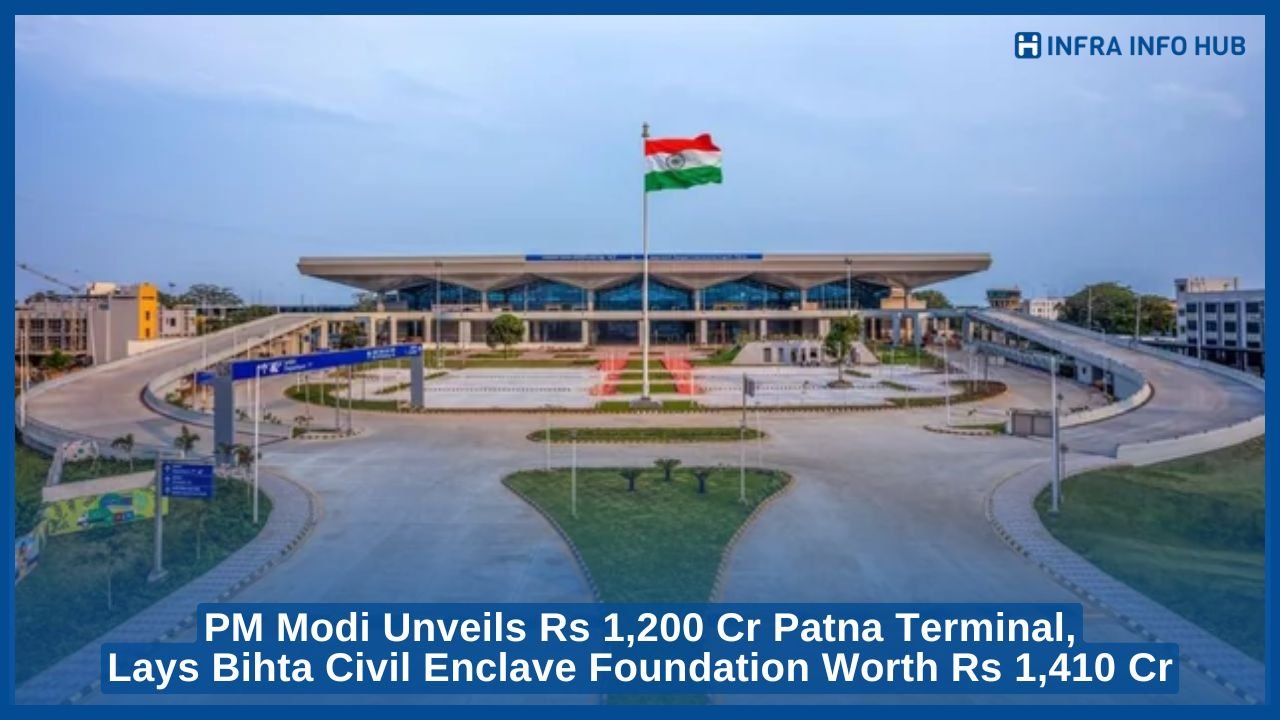In a sweeping move aimed at reshaping India’s aviation landscape, the central government has unveiled a robust five-year roadmap to develop 50 new regional airports.
Helmed by the Airports Authority of India (AAI), this strategic push is designed to bolster aviation infrastructure through a synergistic effort involving central ministries, state bodies, and private stakeholders, targeting completion by 2030.
This initiative arrives at a pivotal moment. Domestic air travel in India has soared to unprecedented levels. On September 2 alone, airlines ferried a record 477,554 passengers, eclipsing the previous peak of 470,751 passengers set on April 21.
A cornerstone of this ambitious agenda is the development of Bihta Airport, poised to become Patna’s second air hub. Construction is slated to commence by late 2024, with the new facility expected to ease pressure on the existing Patna airport by the early 2030s, as rising passenger volumes outpace current infrastructure.
Once operational, Bihta Airport will boast over 60 check-in counters and 15+ self-service kiosks. Designed for efficiency and scale, it will accommodate 3,000 travelers during peak hours and is projected to manage five million passengers annually over the next two decades.
The blueprint also earmarks the construction of new greenfield airports in Ankleshwar and Dwarka, Gujarat. According to Pragya Priyadarshini, Vice President at consulting firm Primus Partners, this expansion is anticipated to stimulate air travel demand in underserved cities. As new industries, transport corridors, and service sectors emerge, the urgency for global connectivity intensifies.
In tandem with building new airports, the government is also preparing to enhance existing facilities across the country. Planned developments span Thanjavur in Tamil Nadu, Hashimara in West Bengal, and Toiz in Ladakh—each chosen for its strategic relevance.
Legacy airports are also set for transformation to accommodate larger aircraft and rising traffic. Key upgrades include overhauling Visual Flight Rules (VFR) operations at Agatti Airport to support narrow-body aircraft like the Airbus A320, and introducing Instrument Flight Rules (IFR) operations at Pantnagar Airport in Uttarakhand. Mysuru Airport, too, will be expanded to handle a wider range of aircraft.
For context, VFR operations rely on pilots navigating visually—clear skies, ground visibility, and manual coordination. IFR, in contrast, enables aircraft to fly in low-visibility conditions by using onboard instruments, thus allowing for safer, more consistent operations.
India currently operates 131 airports spanning international, domestic, and customs categories.
With passenger numbers climbing steadily, airlines are racing to meet demand. Carriers such as IndiGo, Air India, and Akasa Air have collectively placed orders exceeding 1,600 aircraft, aiming to dramatically scale their fleets and enhance domestic and international connectivity by the decade’s end.










